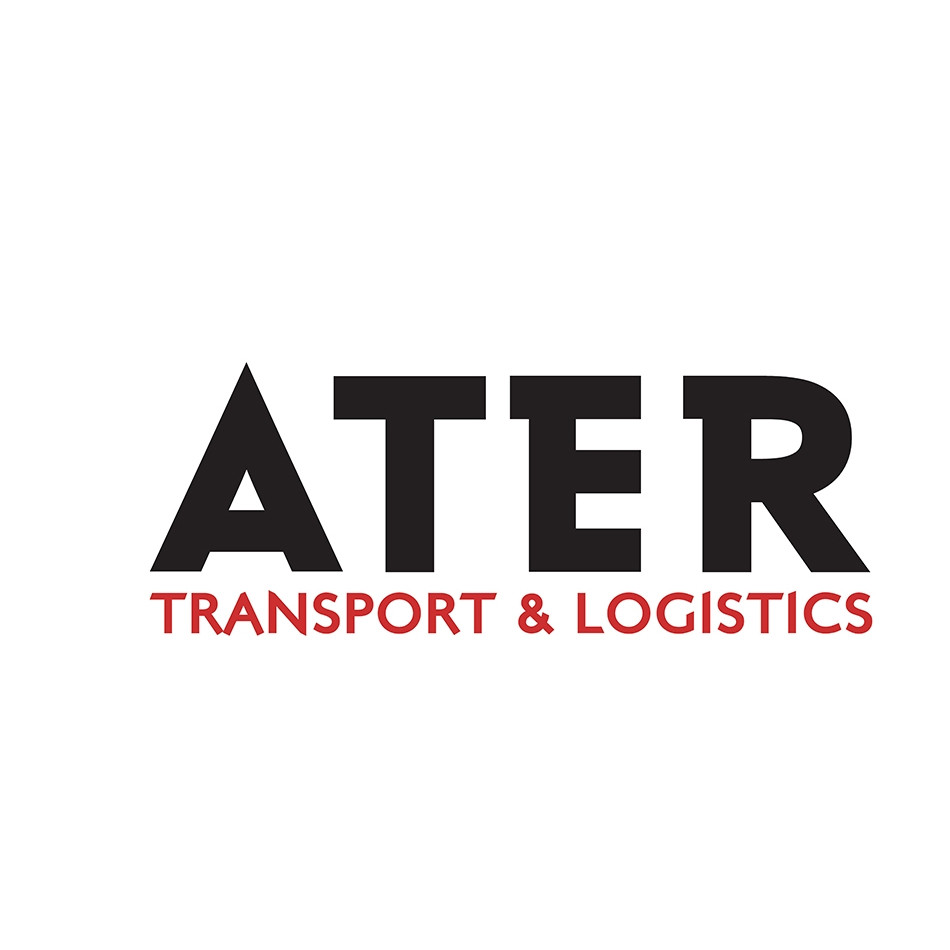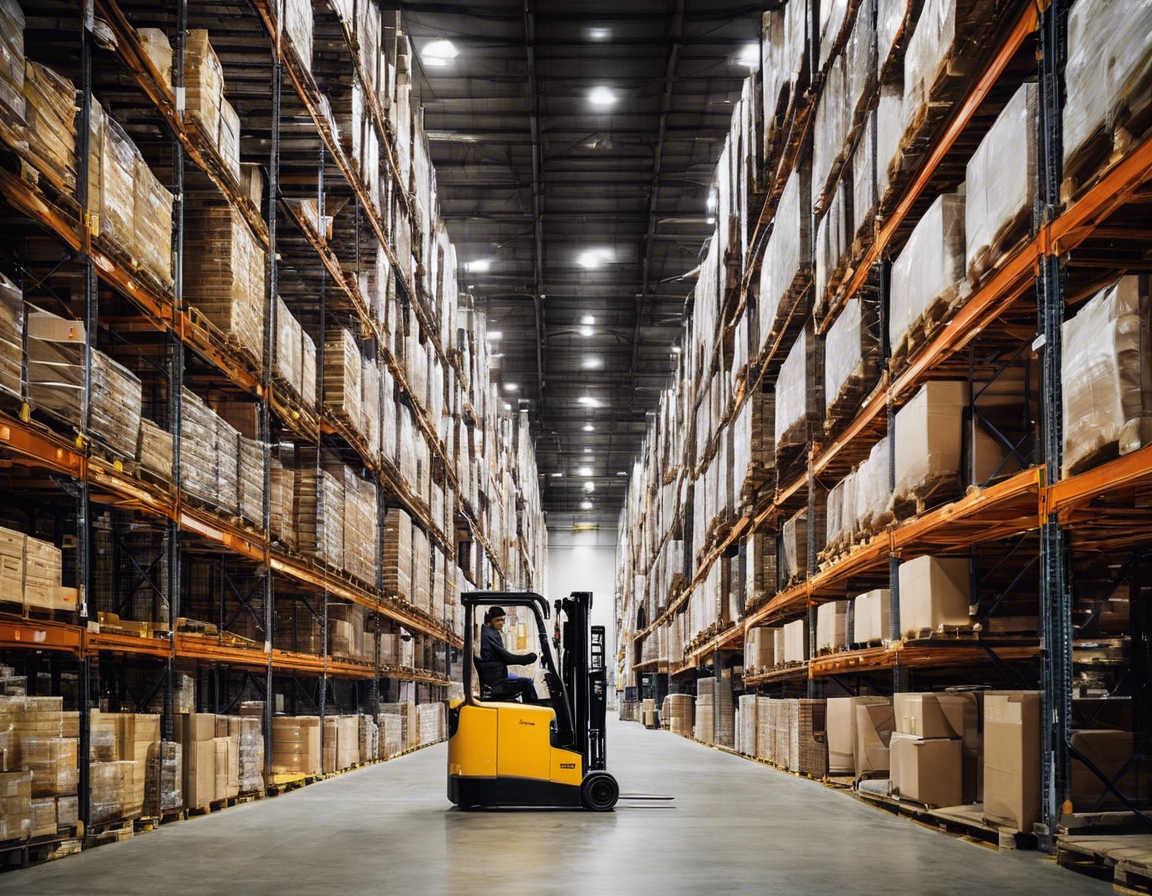Maritime transport: pros and cons for your supply chain
Maritime transport is the backbone of international trade and the global economy, carrying over 90% of the world's trade goods. It's a critical component of supply chain management for businesses that require the movement of large quantities of goods across oceans and seas.
The Advantages of Maritime Transport
One of the most significant advantages of maritime transport is its cost-effectiveness. Shipping by sea offers economies of scale that can significantly reduce transportation costs, especially for bulk goods and long distances.
Ships are designed to carry large volumes of cargo, making them ideal for transporting vast quantities of goods in a single voyage. This high cargo capacity reduces the need for multiple trips and can lead to savings in both time and money.
Maritime transport is also more energy-efficient compared to other modes of transport, such as air or road. Ships have a much lower carbon footprint per ton-mile, which is an essential factor for companies aiming to reduce their environmental impact.
The risk of theft or damage is generally lower when goods are transported by sea, thanks to the secure nature of shipping containers and the controlled environment on board.
With the majority of countries accessible by sea, maritime transport opens up a vast array of global markets, enabling businesses to expand their reach and customer base.
The Disadvantages of Maritime Transport
One of the main drawbacks of maritime transport is the longer transit times compared to air freight. This can be a significant disadvantage for time-sensitive goods or industries that require rapid delivery times.
Shipping schedules can be significantly affected by weather conditions, which can lead to delays and disruptions in the supply chain.
Major ports can experience congestion, leading to delays in loading and unloading cargo. This can have a knock-on effect on the supply chain, causing further delays and increased costs.
Despite being energy-efficient, maritime transport still contributes to environmental pollution, including oil spills and emissions from large diesel engines.
Some regions may lack the necessary port infrastructure or be geographically isolated, making maritime transport less viable or more costly.
Maritime Transport and Your Supply Chain
When considering maritime transport for your supply chain, it's essential to assess whether the benefits align with your business needs and objectives. Factors such as product type, delivery schedules, and cost considerations should be taken into account.
For maximum efficiency, maritime transport often needs to be integrated with other modes of transport, such as rail, road, or air, to create a seamless supply chain solution.
Selecting a logistics partner with expertise in maritime transport is crucial. ATER AS offers personalized service, reliability, and a commitment to punctuality, ensuring that your goods are transported efficiently and effectively, regardless of the complexities involved.








Comments (0)